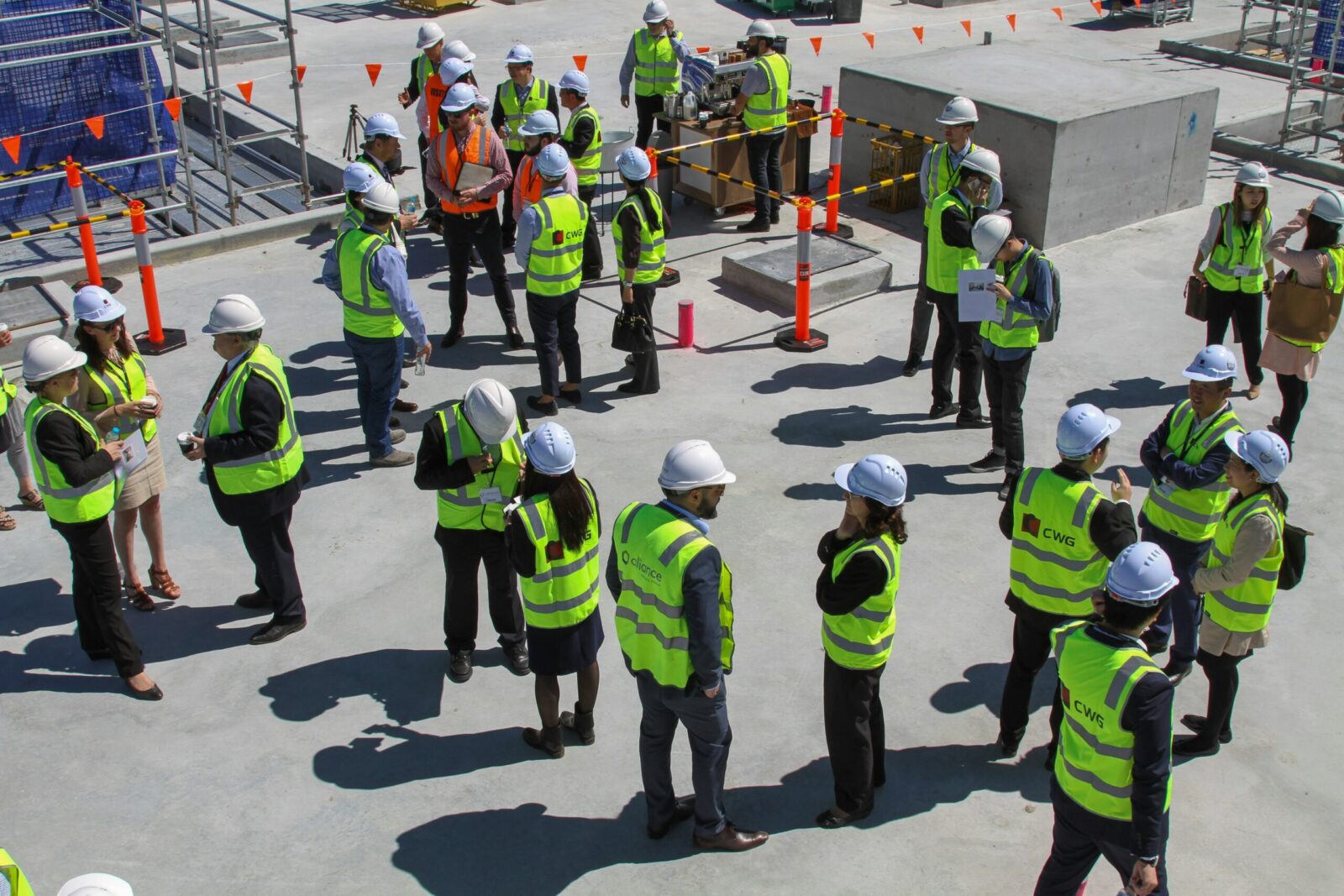
What is the EN 13432 Standard?
Biodegradable packaging has become increasingly important in recent years as the world seeks more sustainable alternatives to traditional packaging materials....

Get 20€ off on your first order!
The EN 14387 standard is a crucial guideline in the field of occupational safety. It defines the requirements for gas and combined filters used in respiratory protective equipment to safeguard workers against harmful gases, vapors, and particles. For instance, if you’re a worker in a chemical plant, the filters in your respirator must meet EN 14387 specifications to ensure adequate protection.
This standard lays out the performance criteria and testing methods for different filter types, each identified by a color code and marking. For example, a gas filter marked “A” is designed for organic gases and vapors, while a “B” filter is suited for inorganic gases. These filters must undergo rigorous testing for factors such as gas breakthrough times and mechanical strength.
Understanding the EN 14387 standard helps employers and safety professionals choose appropriate filters, reducing the risk of exposure to hazardous substances. By ensuring compliance with this standard, organizations can maintain a safer work environment, particularly in industries dealing with chemicals, manufacturing, and painting. This article will delve into the specifics of the EN 14387 standard, helping you understand how it applies to your workplace and how to implement it effectively.
The Gas Capacity Test, based on ISO 16900-4, measures a filter’s ability to protect against various gases. During the test, filters are exposed to a continuous gas flow at a specified concentration and flow rate. Breakthrough time is measured to determine when the contaminant concentration downstream reaches a defined level.
Results are interpreted by comparing breakthrough times to minimum performance criteria for specific gases. For instance, “A” filters, tested with organic vapors (boiling point > 65°C), must last at least 70 minutes at 1000 ppm. “B” filters are tested with inorganic gases like chlorine and hydrogen sulfide, and “E” filters are evaluated with acid gases such as sulfur dioxide. “K” filters must endure ammonia and amines, “Hg-P3” filters are tested for mercury vapor, and “CO-P3” filters must capture carbon monoxide. Each filter type must meet or exceed the required breakthrough time to pass the test.
The Penetration Test, based on EN 13274-7, evaluates a filter’s efficiency in blocking particulates. Filters are challenged with sodium chloride (NaCl) aerosol for solid particles or paraffin oil aerosol for liquid particles. The test measures how much aerosol penetrates through the filter. Results classify filters into three categories based on particle penetration percentages: P1 (≥ 80% efficiency), P2 (≥ 94% efficiency), and P3 (≥ 99.95% efficiency). For instance, a P3 filter must allow less than 0.05% penetration to pass the test.
The Clogging Resistance Test simulates exposure to high levels of dust using a dolomite dust aerosol. During the test, filters are exposed to this aerosol, and both pressure drop and particle penetration are measured. To pass, filters must maintain acceptable breathing resistance and particle penetration levels. For instance, a P3 filter should keep particle penetration below 0.05% and pressure drop within specified limits to ensure effective protection during prolonged use in dusty environments.
The Breathing Resistance Test, based on ISO 16900-3, measures the pressure drop across a filter during both inhalation and exhalation at specified flow rates. This helps determine how easy it is to breathe through the filter. Results are classified into specific limits based on the flow rate. For instance, filters should maintain a pressure drop below set thresholds to ensure comfortable and efficient breathing. A lower pressure drop indicates less resistance, which enhances user comfort while providing effective respiratory protection.
The Mechanical Strength Test assesses a filter’s durability under handling and use conditions. It involves a drop test and a vibration test, where filters are subjected to mechanical impact and vibration. A visual inspection follows to ensure no structural damage or deformation affects performance. The filter must remain intact and functional, demonstrating resilience to everyday wear and tear. This ensures that the filter provides consistent protection even after being handled roughly or exposed to vibration during use.
Understanding the markings on EN 14387 filters is essential for selecting the right protection. Each filter is labeled with a letter indicating the type of gas it guards against: “A” for organic gases (boiling point > 65°C), “B” for inorganic gases, “E” for acid gases, “K” for ammonia and amines, “Hg” for mercury vapor, and “CO” for carbon monoxide. A number follows the letter, representing the filter class based on capacity: “1” for low capacity, “2” for medium capacity, and “3” for high capacity. Combined filters also include a “P” for particulate protection (P1, P2, or P3), indicating their efficiency against solid and liquid particles. For example, an “A2P3” marking means a filter provides medium-capacity protection against organic gases and high-efficiency particulate filtration.
| Marking | Indicates | Explanation |
|---|---|---|
| A | Organic Gases/Vapors | Protects against organic gases and vapors with a boiling point > 65°C |
| B | Inorganic Gases | Protects against inorganic gases like chlorine, hydrogen sulfide, etc. |
| E | Acid Gases | Protects against acid gases such as sulfur dioxide |
| K | Ammonia and Amines | Protects against ammonia and amines |
| Hg | Mercury Vapor | Specifically for protection against mercury vapor |
| CO | Carbon Monoxide | Protects against carbon monoxide |
| P1 | Particulate Efficiency (≥ 80%) | Low-efficiency particulate filtration |
| P2 | Particulate Efficiency (≥ 94%) | Medium-efficiency particulate filtration |
| P3 | Particulate Efficiency (≥ 99.95%) | High-efficiency particulate filtration |
| 1 | Filter Class (Low Capacity) | Indicates low-capacity gas/vapor filtration |
| 2 | Filter Class (Medium Capacity) | Indicates medium-capacity gas/vapor filtration |
| 3 | Filter Class (High Capacity) | Indicates high-capacity gas/vapor filtration |
Products meeting the EN 14387 standard are used in various industries requiring reliable respiratory protection. In chemical manufacturing, workers rely on these filters to protect against organic vapors and acid gases. Paint shop workers use them to guard against solvent fumes, while in mining and metal processing, they shield workers from toxic gases like hydrogen sulfide. Laboratories also use them when handling hazardous chemicals. Construction workers depend on them for dust and gas protection when dealing with insulation or demolition work involving asbestos. The versatility of EN 14387 filters makes them essential for safeguarding health in multiple high-risk environments.
The EN 14387 standard sets crucial guidelines for gas and combined filters, ensuring reliable respiratory protection in various high-risk environments. By understanding the test methods, markings, and classifications, employers and safety professionals can choose the right filters for their needs. Whether you’re in chemical manufacturing, mining, or construction, adhering to this standard helps maintain a safer workplace by effectively reducing exposure to hazardous substances. Prioritize products that meet EN 14387 requirements to safeguard worker health and ensure regulatory compliance.
Thank you! You've signed up for our newsletter.



















Biodegradable packaging has become increasingly important in recent years as the world seeks more sustainable alternatives to traditional packaging materials....

ISO 22000 is an internationally recognized standard that sets the requirements for a Food Safety Management System (FSMS). Designed to...

In today’s busy world, safety is paramount. Whether you’re working in construction, transportation, or any other industry where visibility is...

Biodegradable packaging has become increasingly important in recent years as the world seeks more sustainable alternatives to traditional packaging materials....

ISO 22000 is an internationally recognized standard that sets the requirements for a Food Safety Management System (FSMS). Designed to...

In today’s busy world, safety is paramount. Whether you’re working in construction, transportation, or any other industry where visibility is...
Get 10€ off on your first order!
Save 30% by buying directly from brands, and get an extra 10€ off orders over €100
Save 30% by buying directly form brands, and get an extra 10€ off orders over €100